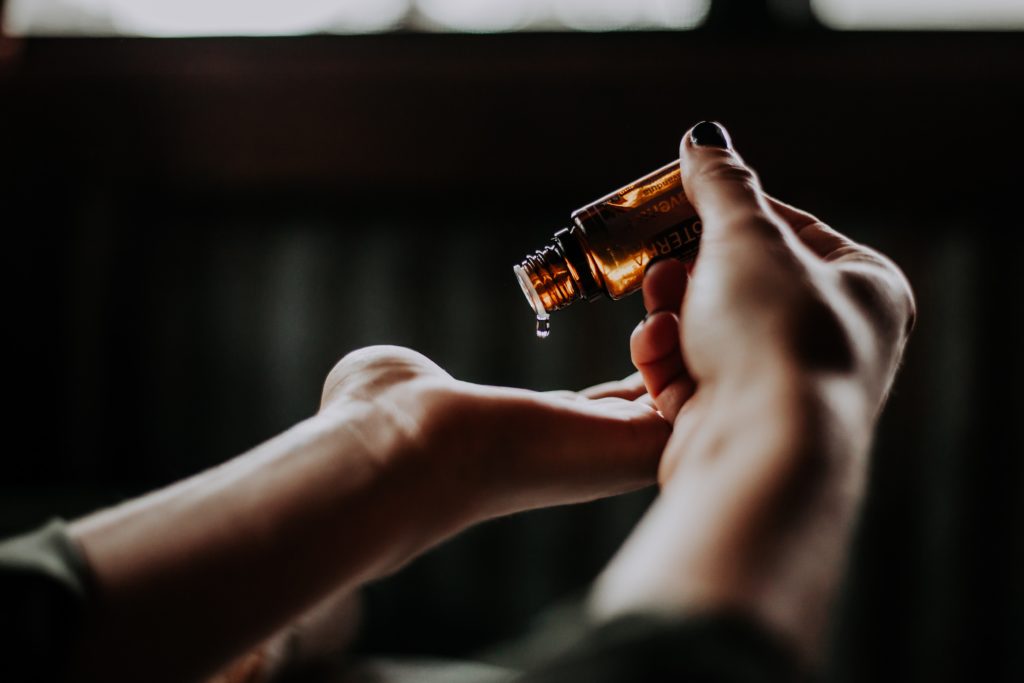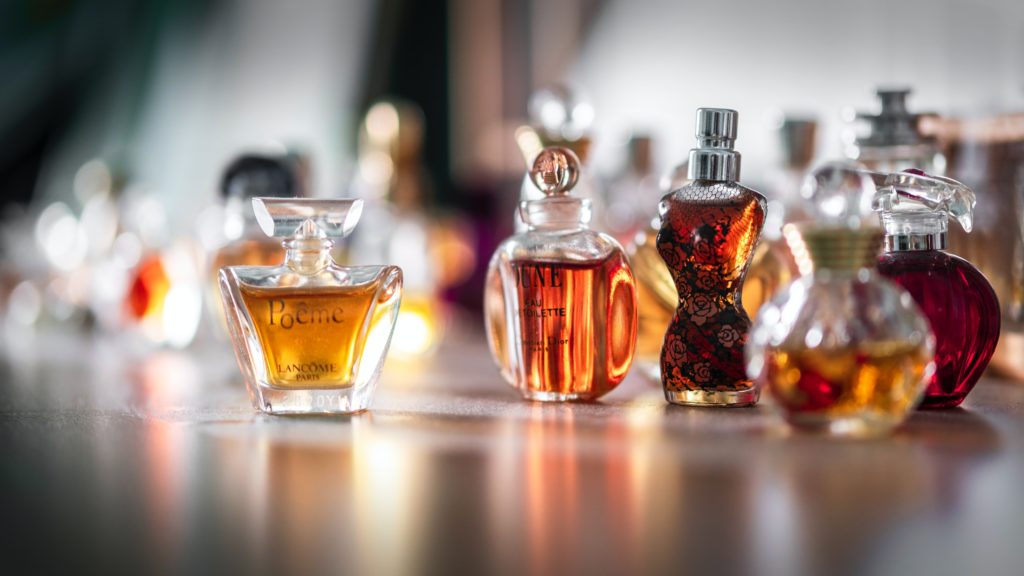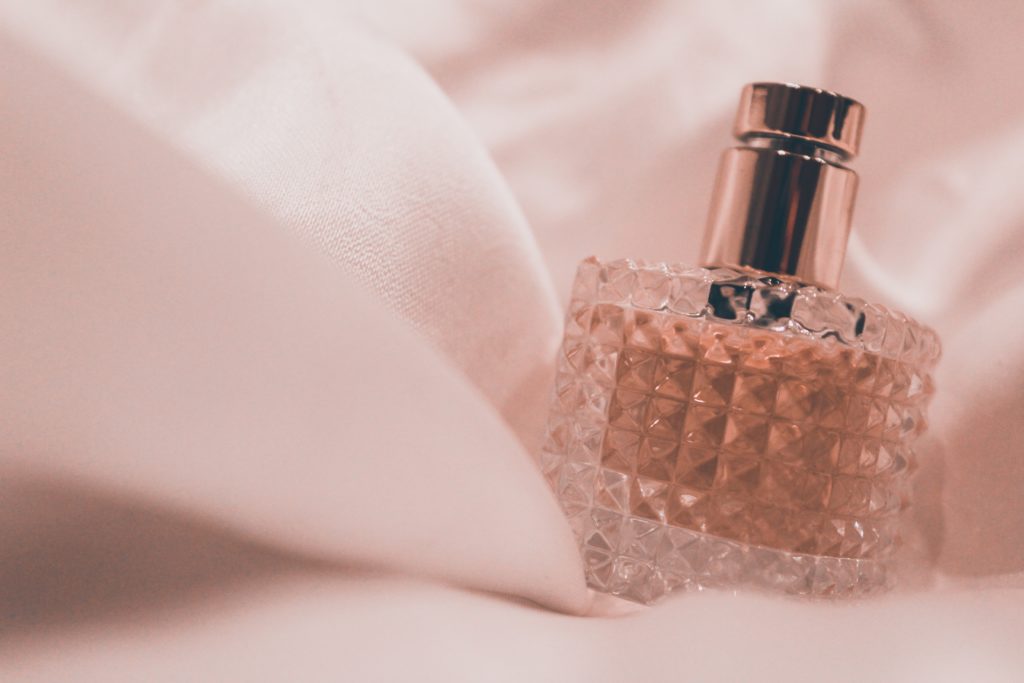Having a signature scent is a way to make your presence unforgettable. A signature scent is like your olfactory fingerprint, a fragrance that people associate with you. It’s the scent that lingers in the air, leaving an indelible mark on people’s memories.
To create a signature scent involves a journey that combines art and science, allowing you to craft a fragrance that is uniquely yours.
In this comprehensive guide, we’ll walk you through the enchanting world of fragrance creation, from understanding fragrance notes to blending your own scent, and even personalizing it to express your individuality.
I. Understanding Fragrance Notes
Explanation of Top, Middle, and Base Notes
Fragrances, like a well-composed song, have different layers. These layers are represented by top, middle, and base notes.
- Top notes: These are the initial scents that you smell when you apply a fragrance. They are usually light and fresh, catching your attention immediately.
- Middle notes: Also known as heart notes, these scents come out after the top notes fade. They make up the core of the fragrance and give it character.
- Base notes: These are the foundation of the scent and last the longest. Base notes are typically deep, rich, and provide the fragrance’s lasting impression.
Understanding the role of these notes is essential for creating a well-balanced and lasting signature scent.
How Notes Work Together in a Fragrance
Creating a signature scent involves harmonizing various fragrance notes. The top, middle, and base notes should blend seamlessly, like a symphony of scents. The transition from one note to another should be gradual and appealing to your senses.
The key is balance: Ensure that no single note overpowers the others, creating a well-rounded fragrance.
The Significance of Note Selection
Your choice of fragrance notes will define your signature scent. Different essential oils and fragrances have various properties and associations.
For example, lavender is often associated with calmness and relaxation, while citrus notes evoke freshness and energy. When selecting your notes, consider what emotions and memories you want your fragrance to evoke.
II. Choosing the Right Ingredients

Types of Essential Oils and Fragrances
The ingredients you choose are the building bhair of your signature scent. There are two primary types:
- Essential oils: These are natural, concentrated oils extracted from plants and flowers. They offer a wide range of scents, from floral and herbal to spicy and woody.
- Fragrance oils: These are synthetic oils that mimic the scents of various natural materials. Fragrance oils provide consistency and often offer scents that can’t be achieved through essential oils alone.
Scent Families and Personal Preferences
Fragrances are categorized into scent families, such as floral, oriental, woody, and citrus. Your personal preferences and the emotions you want to convey will guide you in choosing the right scent family. For instance, if you want your fragrance to exude warmth and sensuality, the oriental family might be your choice.
Blending Techniques and Ratios
Blending is where the magic happens. It’s the art of combining different fragrance ingredients to achieve the perfect harmony. Experiment with various combinations and ratios to find the scent that resonates with you the most. Keep meticulous notes of your experiments to refine your blend gradually.
III. Creating Your Unique Scent
Step-by-Step Process of Mixing Fragrances
Creating your unique scent involves careful experimentation.
- Begin by selecting a base note that you love. It’s the anchor of your fragrance.
- Add the middle and top notes in a gradual, measured manner.
- As you blend, take notes about each addition, including the number of drops used.
Pro tip: Use a dropper to control the quantity of each fragrance component. This ensures precision in your blending.
Experimenting and Refining Your Blend
The journey to your signature scent is all about experimentation. It’s perfectly normal not to get it right on your first try. Keep tweaking and refining your blend, and don’t be afraid to seek inspiration from existing fragrances.
Documenting Your Recipe
Maintain a detailed record of your fragrance experiments. Note the ingredients, ratios, and impressions of each blend. This documentation will be invaluable as you hone your signature scent.
IV. Storing Your Signature Scent

Appropriate Storage Containers
Preserving your signature scent requires proper storage. Use dark, airtight glass containers to protect your fragrance from light and air. Amber or cobalt blue bottles are ideal choices.
Shelf Life and Preserving Your Scent
Fragrances have varying shelf lives depending on their ingredients. Most will last several months to a couple of years. To extend the life of your scent, store it in a cool, dark place and away from temperature fluctuations.
Avoiding Scent Contamination
Keep your fragrance away from strong-smelling substances, like perfumes, cleaning products, and spices. These can alter the aroma of your signature scent.
V. Wearing and Enjoying Your Fragrance
Application Methods
The application of your signature scent can influence how it’s experienced. Apply your fragrance to pulse points, like wrists, neck, and behind the ears, as they radiate heat, enhancing the diffusion of your scent.
How to Layer Scents for a Longer-Lasting Effect
Layering your fragrance can make it last longer. Start with a matching scented body wash or lotion to create a signature scent base. Then, apply your fragrance on top for a more enduring effect.
Tips for Everyday Use
Your signature scent should enhance your everyday life. Consider the context – a lighter scent may be suitable for work, while something more intense is perfect for a special evening. Don’t overapply; a little goes a long way.
VI. Personalizing Your Scent

Evolving Your Signature Scent Over Time
As you change and grow, your fragrance can change with you. Consider revisiting your blend periodically and adjusting it to reflect your current self.
Seasonal Adjustments
Different seasons may call for different fragrances. Light, fresh scents are perfect for summer, while warm, woody notes are ideal for winter.
Expressing Your Individuality Through Fragrance
Your signature scent is a reflection of you. It can convey your personality, emotions, and even your aspirations. Make it your own and wear it with pride.
Conclusion
Creating a signature scent is a deeply personal and rewarding journey. It’s an art that combines knowledge, experimentation, and the ability to express yourself through fragrance. Your signature scent will not only be a part of your identity but also leave an indelible mark on the memories of those around you.
Frequently Asked Questions (FAQs)
1. How do I create my own signature fragrance?
To create your own signature fragrance, you’ll need to understand fragrance notes, choose the right ingredients (essential oils and fragrance oils), and experiment with blending techniques. Start by selecting a base note that you love and gradually add middle and top notes to create your unique scent. Keep meticulous notes of your experiments and adjust your blend over time to perfect your signature fragrance.
2. How can I make my own unique smell?
Making your own unique fragrance involves selecting the right ingredients, experimenting with different scent combinations, and personalizing your blend. By understanding the properties of essential oils and fragrance oils, you can create a signature scent that reflects your preferences and emotions.
3. How do I smell like my signature scent?
To have your signature scent linger on you, apply it to pulse points, like wrists, neck, and behind the ears. Additionally, you can extend the lasting effect by layering your fragrance with matching-scented body products like body wash or lotion.
4. How do you formulate a scent?
Formulating a scent involves selecting fragrance notes, choosing the right ingredients, experimenting with blending techniques, and documenting your recipes. It’s a process of trial and error until you achieve the perfect blend that embodies your essence.
5. What ingredient makes perfume last longer?
Ingredients that help perfume last longer include base notes like patchouli, sandalwood, or vetiver. These deeper, longer-lasting scents anchor the fragrance and prevent it from dissipating too quickly.
6. What makes a good scent?
A good scent is one that appeals to your senses and emotions. It should be well-balanced, with notes that harmonize and transition smoothly. The best scent is the one that resonates with you personally.
7. What is the most attractive scent?
The most attractive scent varies from person to person and can depend on cultural, personal, and situational factors. What’s most attractive is often a scent that suits the individual and the context in which it’s worn.
8. What smell attracts the most?
Scents that attract the most can include floral notes like jasmine and rose, as well as warm and sweet scents like vanilla and musk. However, attraction to a particular scent is subjective and can vary widely.
9. What makes perfume high quality?
High-quality perfumes use a blend of quality ingredients, are well-balanced, and have a long-lasting, complex scent profile. They also come in well-designed packaging and have good staying power.
10. What ingredient makes perfume smell stronger?
Ingredients like fixatives and base notes, which evaporate slowly, can make a perfume smell stronger and last longer. Ingredients like patchouli, musk, and resins are often used for this purpose.
11. What makes a perfume smell expensive?
Expensive-smelling perfumes often use high-quality ingredients, have complex and well-balanced scent profiles, and come in elegant packaging. The use of rare or exotic ingredients can also contribute to an expensive aroma.
12. What ingredients make perfume smell good?
Ingredients that can make a perfume smell good include a wide range of essential oils and fragrance oils, such as floral, woody, citrus, and oriental scents. The key is to select ingredients that align with your personal preferences and desired emotions.